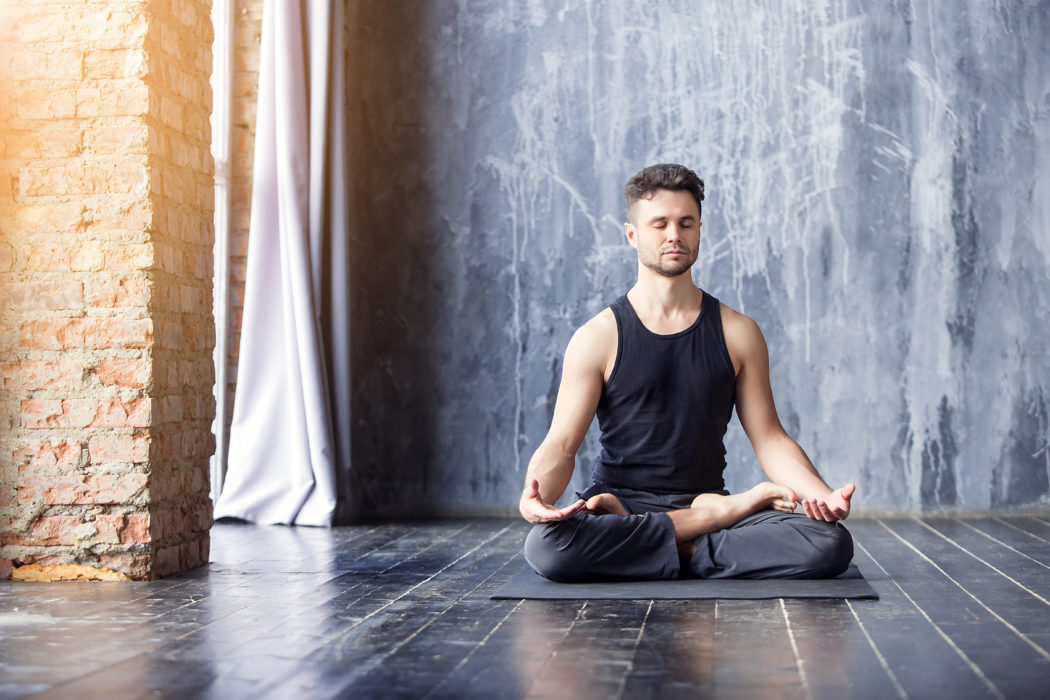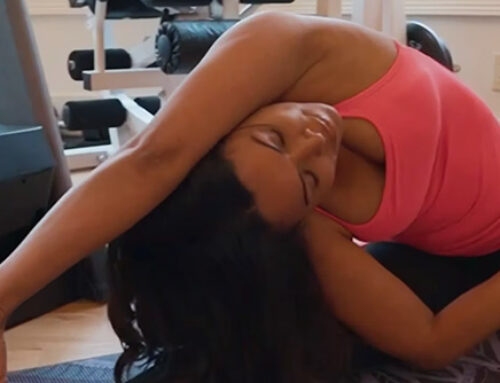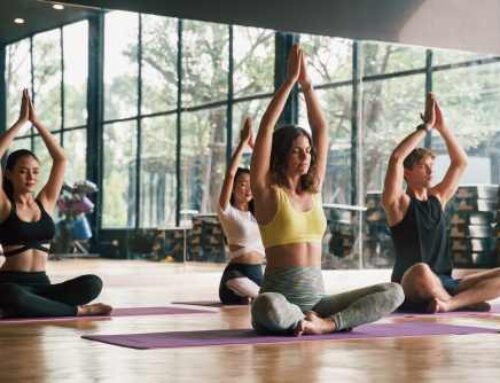When someone does yoga in a film, or meditates in a martial arts sequence, they’re likely going to be in Lotus Pose! It’s immediately associated with yoga, probably the ultimate expression of the calming stability that yoga can provide. It appears simple and beginners can do it easily. However, to do it well, and consistently, and reap the maximum calming effects of Padmasana, you’ll need diligence and practice.
Continue reading to learn about Lotus Pose and why it’s the most typical, even most essential, pose in regular practice. I’ll go over the details of how to perform it properly so you can be a master of your own mind, even if this is the only pose you learn.
Benefits of Lotus Pose
Lotus Pose offers serenity for those that lean into its heritage and take advantage of it with consistent devotion. Calming a troubled mind doesn’t come easily but Padmasana can offer a gateway to better mood control and reduced anxiety.
At the same time, this physically and mentally reduces menstrual discomfort by stimulating your abdomen and pelvis. Those with bladder control and postural issues (often interlinked) may find balance by regularly practicing Lotus Pose.
I recommended Padmasana throughout pregnancy to ease the process of childbirth. While its spiritual benefits to those preparing for childbirth may be historically overstated (verging on mythical!), stimulating your pelvis and calming your mind still helps. It should not be performed in the last trimester, however.
Lotus Pose has been said to rid the body of all known diseases. While I can’t promise this, those who need to stretch stubborn knees, relieve symptoms of menstruation or sciatica, improve the health of their pregnancy, or adopt a calmer outlook can find a lot to gain through the regular practice of Padmasana.
How to Do the Pose
In movies, Lotus Pose looks easy. However, there are a lot of little things to keep in mind. Begin with your legs in front of you, seated on the floor. Your back should be straight, your arms loose. You may recognize this as Staff Pose.
Bring your right leg towards you with the right knee on top, your ankle resting in your left hip with the bottom of your feet facing towards you. Line up the tops of your feet with the folds of your hip. Bend your left leg and cross it under your right shin. Try to bring in your knees as close as you can and maintain a straight, long sitting posture.
Place your hands on your knees, palms facing the sky. Make a circle with your thumb and forefinger, with the rest of the fingers straight (we call this Gyan Mudra). Find your softest gaze, with brow unfurrowed, with as much inner gaze as you can find. Let your eyes rest while you divert your attention to your forehead, your mind, your “third eye,” as we call it.
You can stay here as long as you like, or at least a full minute. When you’re ready, gently unbend your legs, return to Staff Pose, and repeat Padmasana with the opposite leg on top.
If you find this pose uncomfortable and you can’t bring your knees to the floor, support them on blocks or blankets.
The Takeaway
Lotus Pose offers ultimate calm for those that practice it regularly. Follow the instructions to achieve not only peace of mind but open hips and a more comfortable abdomen. People who suffer from uncomfortable menstruation, anxiety, or sciatica can find relief with Lotus Pose. Anyone who wants to elevate their mental practice to the height of stability and reflection can use Padmasana daily to achieve them.





Leave A Comment